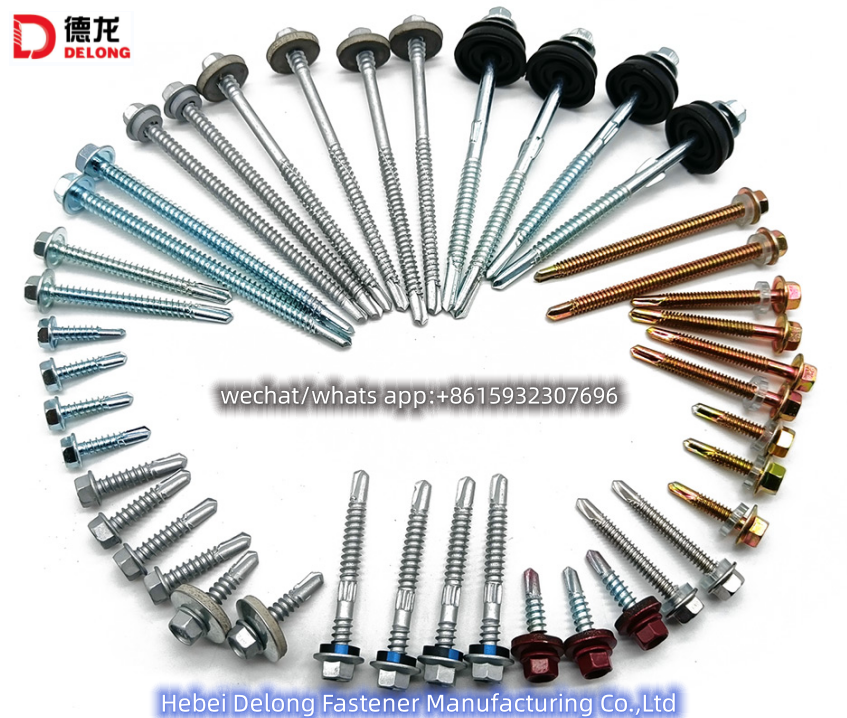Understanding Self-Tapping Screw Thread Sizes for Various Applications and Projects
Understanding Self-Tapping Screw Thread Sizes
Self-tapping screws are an essential component in various fastening applications, renowned for their ability to create their own threads as they are driven into a material. This feature eliminates the need for pre-drilled holes, providing convenience and efficiency in assembly processes. However, selecting the right thread size is crucial to ensure optimal performance and structural integrity.
Self-tapping screws come in various thread sizes, commonly expressed in metric (M) or imperial (inch) measurements. The choice of size depends primarily on the application, the materials being joined, and the load requirements. For instance, smaller screws like 6 or M3 are often used in thin materials or light-duty applications, while larger sizes, such as 14 or M8, may be necessary for heavier-duty tasks.
Thread size directly influences the screw's holding power. A screw with a larger diameter generally offers greater strength and durability, making it suitable for applications involving high-stress loads. In contrast, finer threads may provide better retention in softer materials, reducing the risk of stripping or damage. Therefore, it’s vital to consider not only the screw size but also the material and environment in which the screw will be used.
self tapping screw thread sizes products

In addition to diameter, the pitch of the screw thread also plays a critical role. The pitch refers to the distance between the threads, which can affect the screw's engagement with the material. Coarse threads are less likely to strip and better suited for softer materials, while fine threads are ideal for harder materials where a tighter grip is necessary.
When selecting self-tapping screws, it's also essential to pay attention to the head type, drive style, and coating. Different head types—such as pan, flat, or hex—can provide varying levels of aesthetic appeal and functionality. The drive style, whether Phillips, slotted, or Torx, influences how effectively the screw can be driven into the material. Lastly, coatings can enhance corrosion resistance and overall longevity, particularly in outdoor applications or in environments subject to moisture.
In summary, understanding the various thread sizes and types of self-tapping screws is vital for effective fastening solutions. By carefully considering the material, load demands, and environmental factors, one can select the most appropriate self-tapping screw, ensuring a secure and reliable assembly in any project.
-
Top Choices for Plasterboard FixingNewsDec.26,2024
-
The Versatility of Specialty WashersNewsDec.26,2024
-
Secure Your ProjectsNewsDec.26,2024
-
Essential Screws for Chipboard Flooring ProjectsNewsDec.26,2024
-
Choosing the Right Drywall ScrewsNewsDec.26,2024
-
Black Phosphate Screws for Superior PerformanceNewsDec.26,2024
-
The Versatile Choice of Nylon Flat Washers for Your NeedsNewsDec.18,2024










